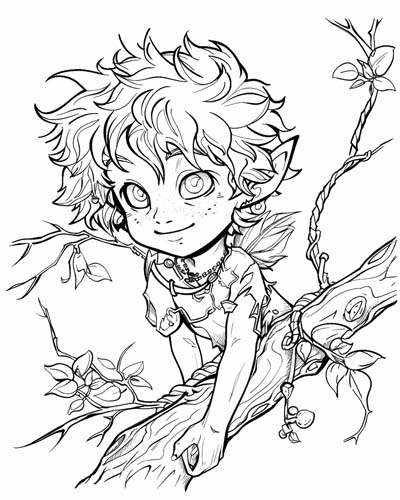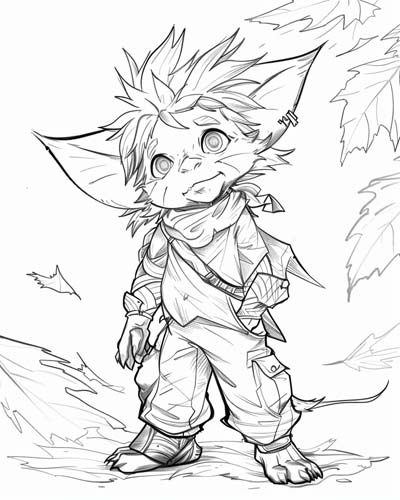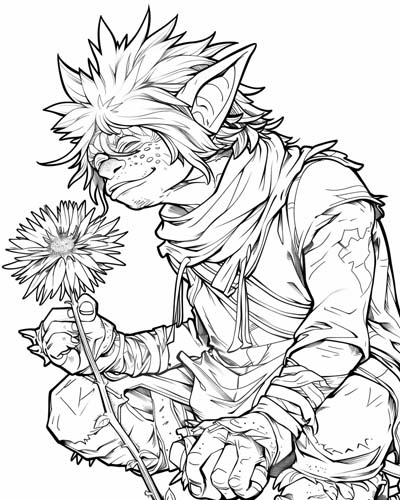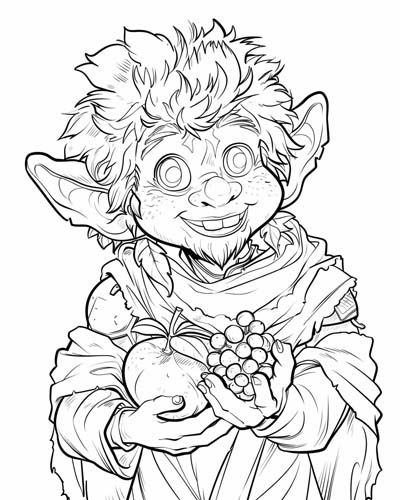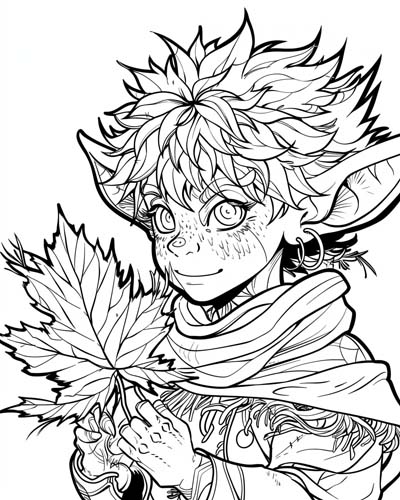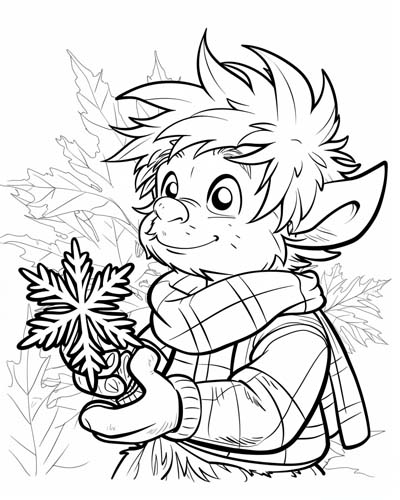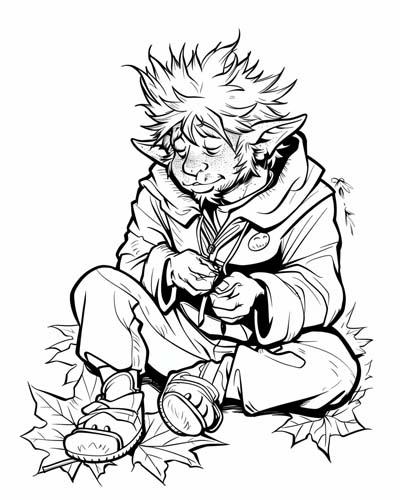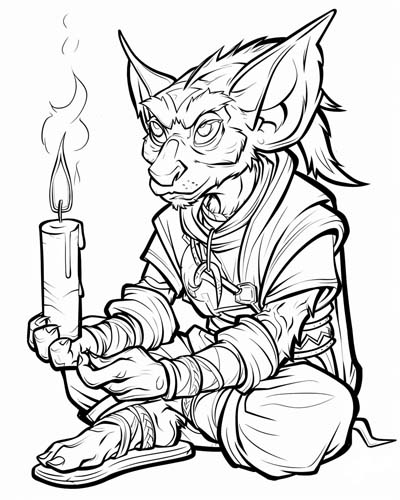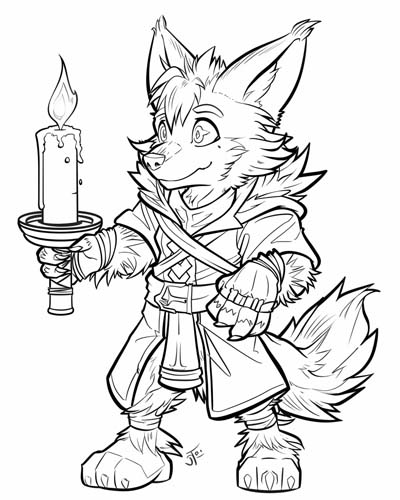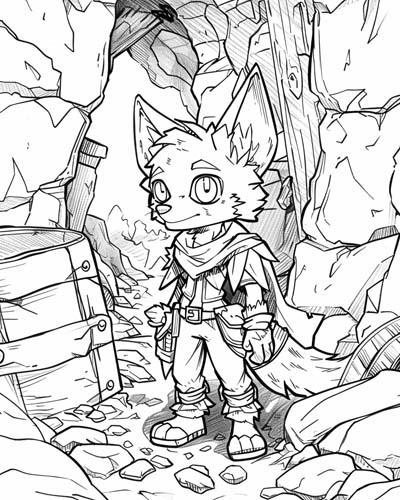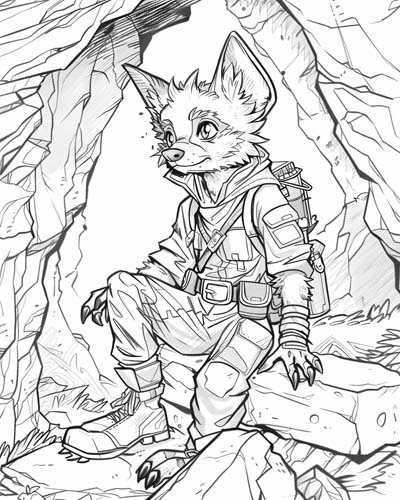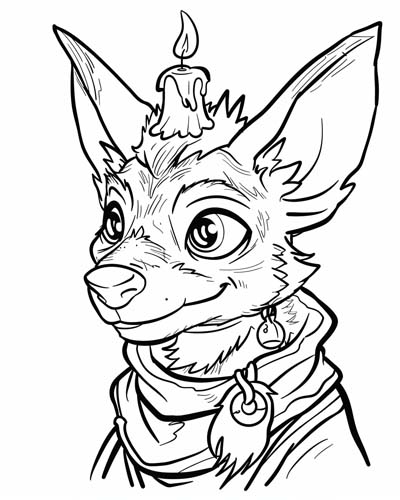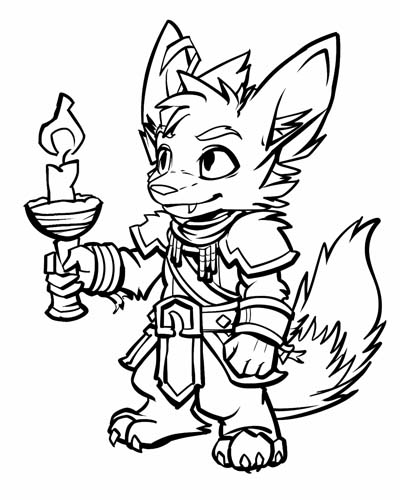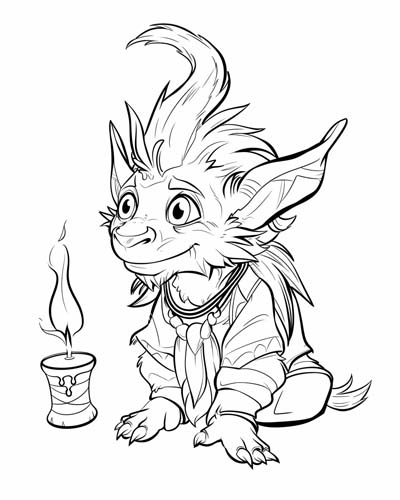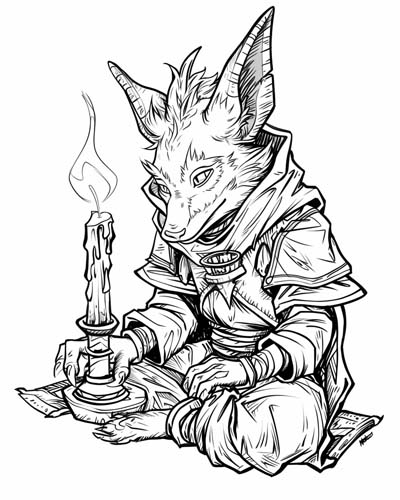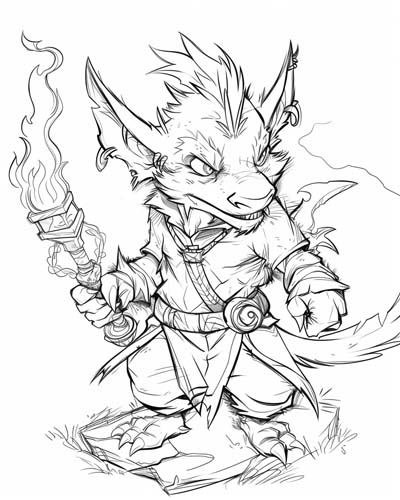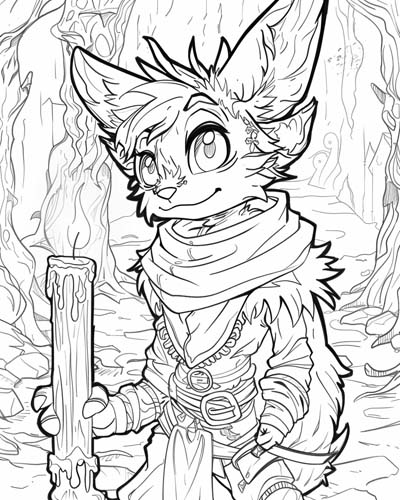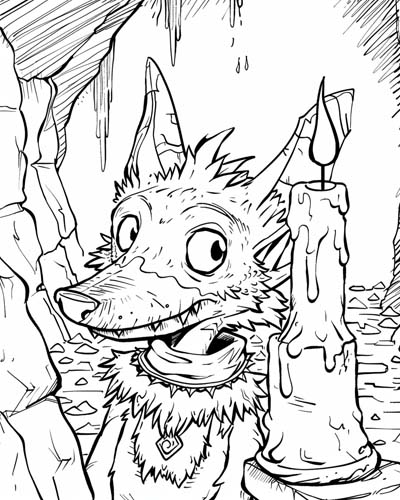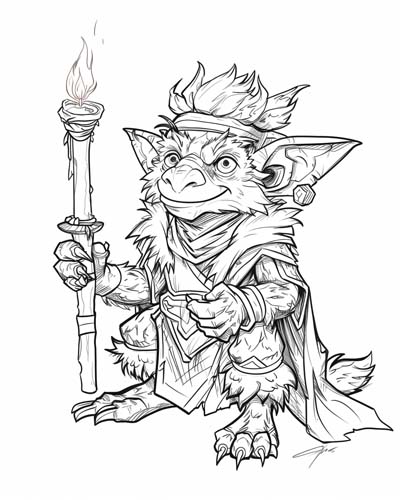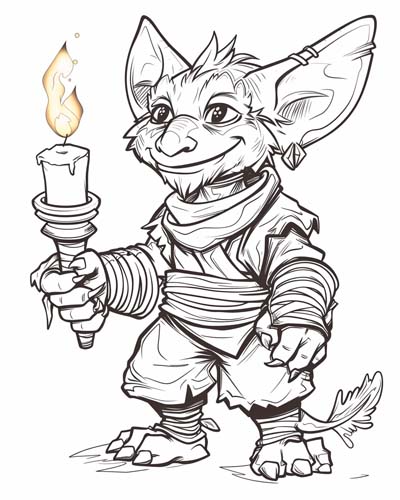Printable Coloring Pages
German Mythology: Kobold Coloring Pages
Welcome to our Kobold coloring pages section.
Kobolds are mythical creatures from German folklore, known for their small stature and mischievous nature. These spirits are believed to inhabit homes, mines, and ships, where they can be both helpful and troublesome. In households, kobolds assist with chores and protect the family, but they can also play pranks if not treated well. In mines, they are seen as guardians of precious metals and minerals, guiding miners to rich veins or causing accidents if angered. Kobolds are often depicted as small, humanoid figures, sometimes resembling gnomes or dwarves, and they hold a significant place in German folklore as symbols of both luck and mischief. This collection captures the whimsical and enigmatic spirit of kobolds, celebrating their role in the rich tapestry of mythological creatures.
Kobolds in German folklore are mythical creatures often associated with mines, where they are believed to inhabit the dark, subterranean passages. These small, sprite-like beings were thought to be both helpful and mischievous. Miners believed that kobolds could guide them to rich veins of ore and warn of dangers like cave-ins if treated with respect, often leaving offerings to appease them. However, kobolds could also cause accidents or hide tools if angered, reflecting the miners' deep connection to the unpredictable and hazardous nature of their work. This belief in kobolds symbolizes the blend of fortune and peril inherent in mining and underscores the rich folklore that permeates German cultural heritage.
In German folklore, kobolds are often depicted as small, sprite-like creatures associated with mines, and a distinctive image is that of a kobold with a candle on its head. This depiction emphasizes their role in the dark, dangerous underground world where they were believed to both help and hinder miners. The candle represents the kobold’s ability to light the way, guiding miners to rich ore veins or warning of impending dangers, thus embodying their helpful nature. However, the candle also hints at their potential for mischief, as kobolds could easily lead miners astray if angered. Legend has it that kobolds, fiercely protective of their candles, would mischievously proclaim, "You no take candle!" to any miner who dared to touch it. This imagery underscores the miners' belief in the dual nature of kobolds, reflecting the blend of fortune and peril in their work and adding a mystical element to the rich folklore of German mining traditions.
Kobolds are intriguing creatures known for their dual nature, embodying both the wise and the wicked in the lives of miners. As the wise, these small, sprite-like beings were believed to guide miners to rich ore veins and warn of dangers, earning offerings of gratitude for their assistance. However, as the wicked, kobolds could become mischievous or even hostile when angered or disrespected, causing accidents, hiding tools, and leading miners astray. This duality made kobolds both revered and feared, symbolizing the precarious balance between fortune and peril in the miners' world.
About Kobolds:

Deep within the Schwarzwald, the dense and mysterious Black Forest of Germany, lay a hidden mine known only to the local villagers. This mine was rich with precious ores, but it was also home to a band of mischievous kobolds. These small, humanoid creatures were known for their cunning tricks and their obsession with candles, which they believed brought them luck and protection in the darkness. Among them was Karl, a particularly clever and ambitious kobold with dreams of becoming the greatest kobold of all.
One day, as the miners of the village toiled away in the depths of the Schwarzwald mine, Karl decided it was the perfect time for some fun. The humans had always kept a wary eye on the kobolds, offering them scraps to keep them away. But this year, Karl felt their offerings were far too meager.
As the miners busily worked, Karl and his band set their plan into motion. They snuck into the tunnels and loosened the supports holding the wooden beams, causing them to creak and sway ominously. They hid tools in impossibly tight crevices and enchanted the lanterns with minor illusion spells to flicker and change colors unpredictably, casting eerie shadows on the walls.
But Karl's pièce de résistance was the grand cache of candles prepared for the night's work. Using his rudimentary knowledge of fire magic, he enchanted the wicks so that, when lit, they would burn in a dazzling array of colors and shapes, lighting up the entire mine.
When the miners returned to their workstations, they found chaos. Beams were on the verge of collapse, tools were missing, and the lanterns now flickered with eerie, shifting lights. They quickly realized that the kobolds were behind the mischief. Instead of anger, the miners felt a mix of frustration and grudging respect for the little creatures who lived unseen among them.
As night fell, the miners gathered around the candles, unaware of Karl's enchantment. When they lit the candles, the flames burst into a spectacular display of colors, illuminating the dark tunnels with hues of red, blue, green, and gold. The light even formed shapes of mythical creatures dancing in the air. The miners gasped in amazement, their initial frustration melting into joy and laughter.
Karl watched from a hidden nook, his eyes gleaming with satisfaction. His mischief had not only caused a stir but had also brought a magical touch to the otherwise dreary mine. The miners, grateful for the unexpected wonder, left a generous offering of food, candles, and trinkets for the kobolds.
From that day on, the miners of the Schwarzwald mine made sure to leave ample offerings for the kobolds, understanding that a well-treated kobold was a happier and more cooperative neighbor. Karl and his companions, pleased with the improved offerings, continued to play their pranks, but always with a touch of magic that left the miners smiling.
In the depths of the Schwarzwald mine, the delicate balance between humans and kobolds was maintained, with respect, mischief, and a hint of enchantment weaving their lives together in harmony.
